Advice needed on CA new construction system
redheadeddaughter
10 years ago
Related Stories

REMODELING GUIDESContractor Tips: Advice for Laundry Room Design
Thinking ahead when installing or moving a washer and dryer can prevent frustration and damage down the road
Full Story
BATHROOM DESIGNDreaming of a Spa Tub at Home? Read This Pro Advice First
Before you float away on visions of jets and bubbles and the steamiest water around, consider these very real spa tub issues
Full Story
DECORATING GUIDES10 Design Tips Learned From the Worst Advice Ever
If these Houzzers’ tales don’t bolster the courage of your design convictions, nothing will
Full Story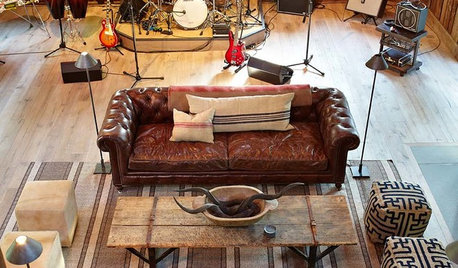
THE ART OF ARCHITECTURESound Advice for Designing a Home Music Studio
How to unleash your inner guitar hero without antagonizing the neighbors
Full Story
GREAT HOME PROJECTSHow to Add a Radiant Heat System
Enjoy comfy, consistent temperatures and maybe even energy savings with hydronic heating and cooling
Full Story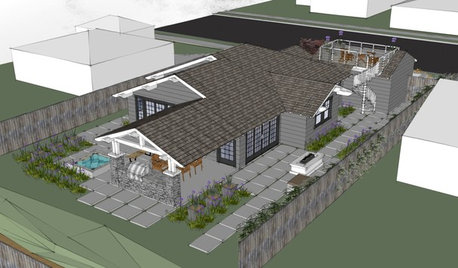
WORKING WITH AN ARCHITECTWho Needs 3D Design? 5 Reasons You Do
Whether you're remodeling or building new, 3D renderings can help you save money and get exactly what you want on your home project
Full Story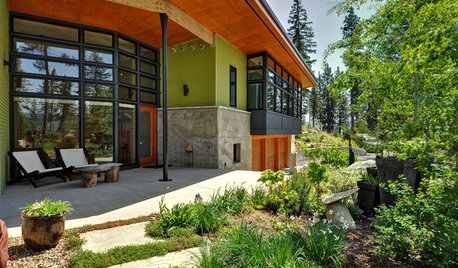
BUDGETING YOUR PROJECTConstruction Contracts: What Are General Conditions?
Here’s what you should know about these behind-the-scenes costs and why your contractor bills for them
Full Story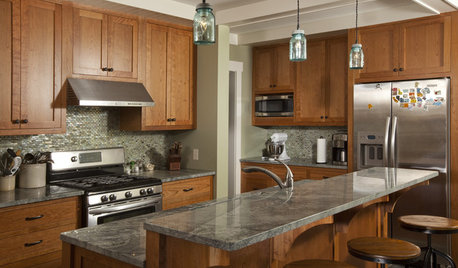
KITCHEN CABINETSCabinets 101: How to Choose Construction, Materials and Style
Do you want custom, semicustom or stock cabinets? Frameless or framed construction? We review the options
Full Story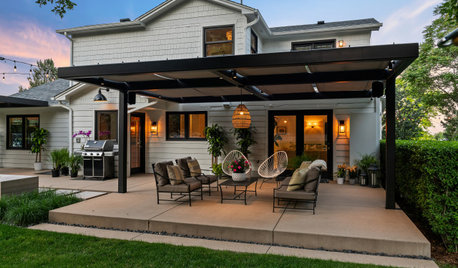
WORKING WITH PROSYour Guide to a Smooth-Running Construction Project
Find out how to save time, money and your sanity when building new or remodeling
Full Story
LIFEDecluttering — How to Get the Help You Need
Don't worry if you can't shed stuff and organize alone; help is at your disposal
Full StoryMore Discussions







tigerdunes
redheadeddaughterOriginal Author
Related Professionals
Albany Solar Energy Systems · Emeryville Solar Energy Systems · Hawthorne Solar Energy Systems · Hemet Solar Energy Systems · Imperial Beach Solar Energy Systems · Chattanooga Home Automation & Home Media · Delray Beach Home Automation & Home Media · Inglewood Home Automation & Home Media · Orange County Home Automation & Home Media · Park Ridge Home Automation & Home Media · Ponte Vedra Beach Home Automation & Home Media · Port Washington Home Automation & Home Media · Elk Grove Village Fireplaces · Lone Tree Fireplaces · Oak Hill Fireplacestigerdunes
mike_home
redheadeddaughterOriginal Author
sktn77a
tigerdunes
ionized_gw
Elmer J Fudd
ionized_gw
jackfre
jackfre
Elmer J Fudd
ionized_gw
Elmer J Fudd
User
Elmer J Fudd
jackfre
Elmer J Fudd
User
Elmer J Fudd
User
ionized_gw
jackfre